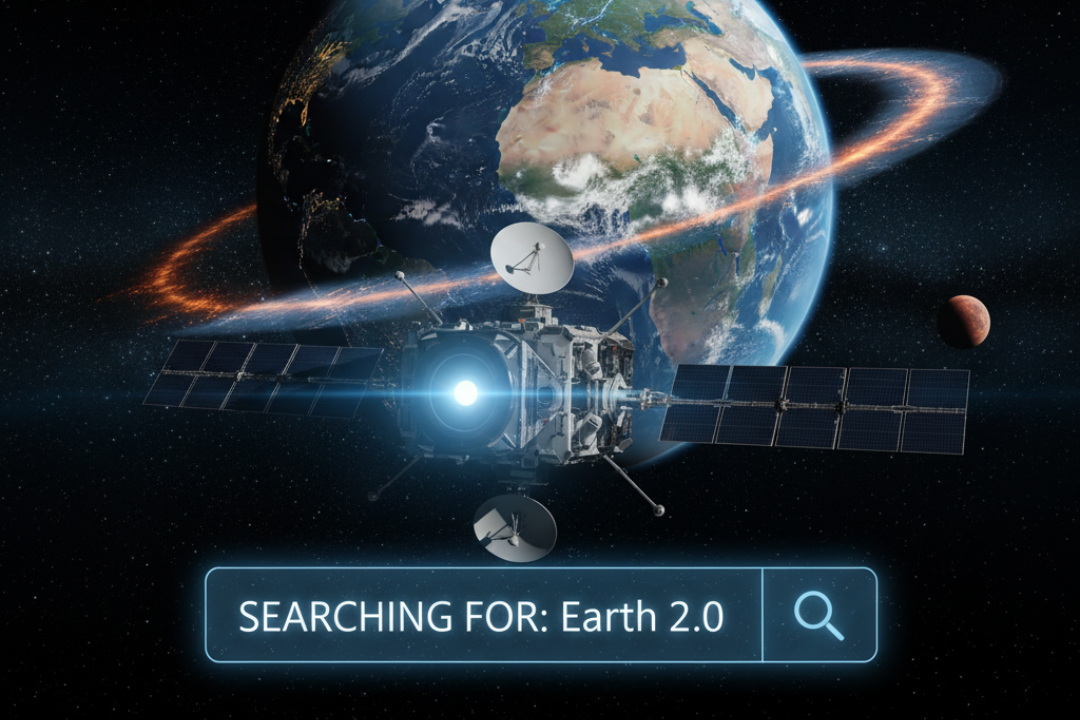Inspired by the works of science fiction writer Liu Cixin, Chinese scientists have revealed previously unknown details about a triple-star system, which resembles the fictional triple-star system depicted in Liu’s hit novel The Three-Body Problem.
The novel, which initiated a renaissance of Chinese sci-fi, delves into a nearly insurmountable question that has challenged researchers for years: how to predict the motion of three celestial bodies in relation to one another. Many say it’s impossible — when a system involves more than two bodies, it tends to quickly become chaotic.
Scientists from three Chinese universities conducted a study on a real-world triple-star system called GW Orionis, located about 1,300 light years from Earth, using NASA observation data to track changes in the brightness of stars.
Lead researcher Tian Haijun stated that this research provides valuable insights into the geometry and evolution of triple-star systems. These findings, published in the peer-reviewed journal Science China Physics, Mechanics & Astronomy, are particularly significant due to the complexity and unpredictability of interactions among multiple stars.

Tian explained that a multiple-star system is formed when enormous clouds collapse under gravity, giving rise to two or more stars.
“Their movements and interactions could become so complex that if life ever existed there, it could have been destroyed and reborn many times,” Tian told the South China Morning Post.
Researchers discovered that the multiple stars in this system are orbiting at a relatively high speed, with a rotational period of about two to three days.
“Such fast rotations are typical for very young stars and different from our sun, which rotates every 25 days.” Tian said.
Surprisingly, multiple star systems are actually the norm in our universe, while single-star solar systems like our own are the anomaly. Most stars in the universe have at least one partner accompanying them.
“While such systems are notoriously hard to observe, we expect to use more advanced telescopes, including the upcoming China Space Station Telescope (CSST), to better understand how they form and behave.”
Tian and his fellow researchers plan to utilize the CSST, equipped with the high-resolution Integrated Field Spectrometer, once it becomes operational in low-Earth orbit to conduct more precise measurements.
Cover image via Unsplash, additional image via Wikimedia Commons
















